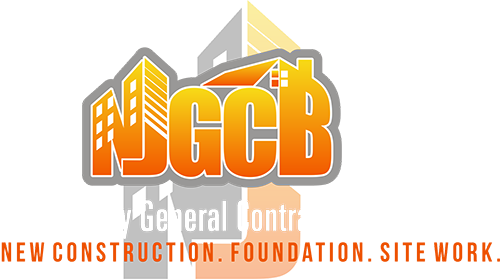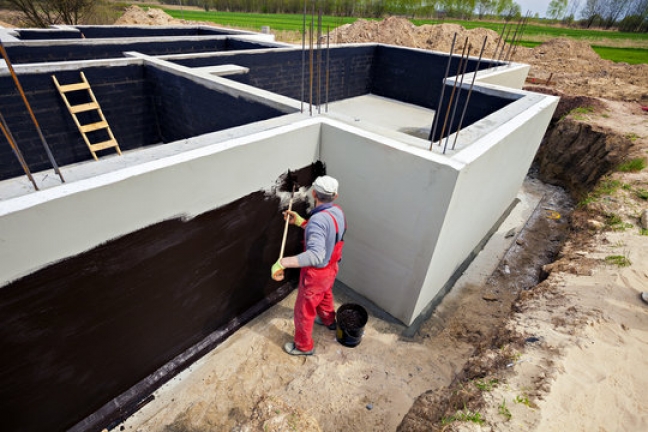Unraveling the Battle: Masonry vs. Concrete – Which is Stronger and More Versatile?
In the construction world, two heavyweight contenders stand tall: masonry and concrete. Both materials have proven their worth in creating strong and durable structures, but which one reigns supreme? In this article, we unravel the battle between masonry and concrete to determine which is stronger and more versatile.
Masonry, with its timeless appeal and inherent strength, has been a popular choice for centuries. Made from natural materials like brick, stone, or blocks, masonry structures exude charm and offer exceptional durability. On the other hand, concrete, a composite material comprising cement, aggregates, and water, has become the go-to option for modern construction due to its versatility and ability to conform to any shape.
Throughout this article, we will explore the key characteristics of both materials, highlighting their strengths and weaknesses. We will delve into their structural properties, including strength, durability, and resilience against various environmental factors. By the end, you will have a clearer understanding of which material outshines the other in terms of strength and adaptability.
So, join us as we embark on this journey to settle the age-old debate—masonry versus concrete: which material comes out on top?
Understanding the Differences Between Masonry and Concrete
Masonry and concrete are often used interchangeably, but they are distinct materials with their own unique properties. Masonry refers to the construction technique that uses materials like brick, stone, or blocks bonded together with mortar. It is known for its strength and aesthetic appeal, making it a popular choice for residential and commercial buildings.
Concrete, on the other hand, is a composite material that consists of cement, aggregates (such as sand or gravel), and water. It is poured or molded into various forms and then hardens to create a solid structure. Concrete offers versatility in terms of shape and size, making it suitable for a wide range of applications.
While both masonry and concrete share some similarities, such as their ability to withstand compressive forces, they differ in terms of the materials used and the construction techniques involved. It is important to understand these differences to determine which material is better suited for specific construction projects.
Strength Comparison of Masonry and Concrete
When it comes to strength, both masonry and concrete have their own advantages. Masonry structures, built with brick, stone, or blocks, are known for their exceptional strength and durability. The use of natural materials provides a solid foundation, ensuring the structure can withstand heavy loads and external forces.
Concrete, on the other hand, offers impressive strength due to its composition. The combination of cement, aggregates, and water creates a material that is resistant to compression and capable of supporting heavy loads. Additionally, the use of reinforcing elements like steel bars or fibers can further enhance the strength of concrete structures.
In terms of sheer compressive strength, concrete generally outperforms masonry. However, masonry structures excel in terms of their resistance to lateral forces, such as earthquakes or strong winds. The interlocking nature of masonry units provides additional stability, making it a preferred choice for regions prone to seismic activity.
Versatility of Masonry and Concrete
Versatility is another crucial factor to consider when comparing masonry and concrete. While masonry offers a classic and timeless look, its design possibilities are somewhat limited. The use of natural materials like brick or stone restricts the shapes and sizes that can be achieved. However, this limitation can also be seen as an advantage, as it ensures a consistent and cohesive appearance for masonry structures.
Concrete, on the other hand, is highly versatile and can be molded into any desired shape or size. This flexibility allows for creative and innovative architectural designs, making it a popular choice for modern construction projects. From curved walls to intricate facades, concrete offers endless possibilities for architects and designers.
Furthermore, concrete can be colored, textured, or stamped to mimic the appearance of other materials, including masonry. This versatility allows for a wide range of aesthetic options, ensuring that concrete structures can blend seamlessly into their surroundings.
Applications of Masonry and Concrete in Construction
Both masonry and concrete find extensive applications in the construction industry, each with its own unique advantages. Masonry is commonly used in the construction of walls, facades, and foundations. Its strength and durability make it suitable for both load-bearing and non-load-bearing walls, providing stability and insulation for buildings.
Concrete, on the other hand, is used in a wide range of applications, from foundations and floors to beams and columns. Its versatility makes it a preferred choice for structural elements that require high strength and stability. Concrete is also commonly used in the construction of bridges, dams, and other large-scale infrastructure projects.
The choice between masonry and concrete depends on the specific requirements of the project. For example, masonry may be preferred for its aesthetic appeal in residential or commercial buildings, while concrete is often chosen for its strength and versatility in larger construction projects.
Factors to Consider When Choosing Between Masonry and Concrete
When deciding between masonry and concrete, there are several factors to consider. First and foremost is the intended use of the structure. If the project requires a load-bearing structure or needs to withstand lateral forces, masonry may be the better choice. On the other hand, if the project demands versatility and creative design possibilities, concrete may be more suitable.
Another important factor is cost. Masonry structures can be more expensive to build, especially when using high-quality materials like natural stone. Concrete, on the other hand, offers cost savings due to its availability and ease of construction. However, the cost comparison should also take into account long-term maintenance and durability, as masonry structures often require less maintenance and can have a longer lifespan.
Environmental factors should also be considered. Concrete production contributes to carbon emissions, while masonry relies on natural materials that have a lower environmental impact. The sustainability of the materials used should be evaluated to ensure the construction aligns with eco-friendly practices.
Cost Comparison of Masonry and Concrete
Cost is a significant consideration for any construction project, and both masonry and concrete have their own cost implications. Masonry structures, especially those built with high-quality materials like natural stone, tend to be more expensive due to the cost of the materials and the skilled labor required for construction.
Concrete, on the other hand, offers cost savings in terms of material availability and ease of construction. The widespread availability of cement and aggregates makes concrete a more affordable option. Additionally, the ability to pour or mold concrete into various forms reduces the need for complex construction techniques, resulting in lower labor costs.
However, it is important to consider the long-term cost implications when comparing masonry and concrete. While masonry structures may have higher upfront costs, they often require less maintenance and have a longer lifespan. Concrete structures, on the other hand, may require periodic maintenance and repairs, which can add to the overall cost over time.




Leave a Reply